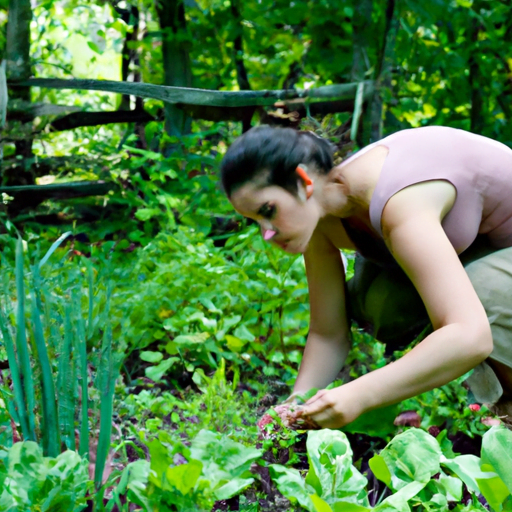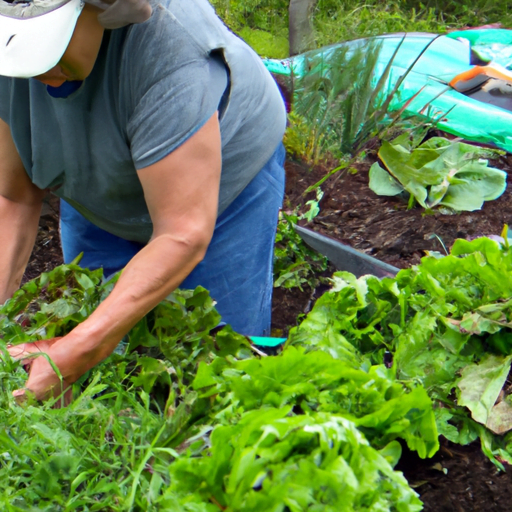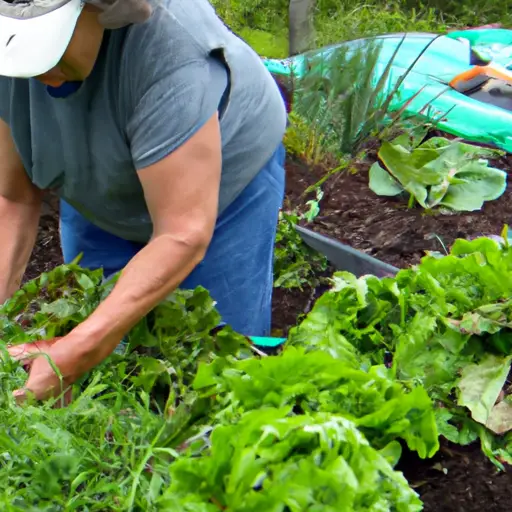So, have you ever wondered what it would be like to live off the grid? You know, like growing your own food and being self-sufficient? Well, let me tell you, it’s not as easy as it sounds! One of the biggest challenges of growing your own food off the grid is the limited resources and access to modern technology. But hey, don’t worry, in this article, we’re going to dive into the nitty-gritty and explore all the challenges you may face when growing your own food off the grid.
When it comes to growing your own food off the grid, not all crops are created equal. Some plants thrive in a controlled environment with plenty of water and sunlight, while others can be a bit more finicky. So, what food is the hardest to grow when you’re off the grid? Well, it really depends on factors like climate, soil quality, and available resources. However, generally speaking, crops that require a long growing season, like corn or certain types of fruits, can be quite challenging to grow off the grid. These plants often require consistent temperatures and specific care, which can be difficult to achieve without traditional farming methods or modern technology.
But don’t let that discourage you! With a little bit of creativity and perseverance, you can still enjoy a variety of fresh produce even when you’re off the grid. It just might take a bit more planning and experimentation. In the upcoming article, we’ll explore different strategies for growing your own food off the grid, including utilizing alternative farming methods, maximizing limited resources, and selecting crops that are well-suited for your particular environment. So, stick around and get ready to become a self-sufficient farmer in no time!
Challenges of Growing Food Off Grid
Living off the grid can be an incredibly rewarding and sustainable way of life. It allows you to disconnect from the traditional power grid, rely on renewable energy sources, and reduce your impact on the environment. However, growing food off the grid presents a unique set of challenges that can make it a difficult task. In this article, we will explore some of the challenges faced when growing food off the grid and discuss potential solutions to overcome them.

Limited Access to Resources
One of the biggest challenges when growing food off the grid is limited access to necessary resources. Living in a remote location can make it difficult to obtain essential supplies and materials needed for successful agriculture. Additionally, transportation options may be limited, making it difficult to transport larger quantities of supplies.
Lack of Electricity
Another significant challenge is the lack of electricity. Traditional agricultural practices often rely heavily on electricity for irrigation systems and the use of agricultural equipment. When living off the grid, access to modern technologies and electricity can be limited, making it challenging to operate and maintain irrigation systems and agricultural equipment.
Extreme Weather Conditions
Off-grid living often means being subjected to extreme weather conditions that can have a severe impact on crops. Unpredictable climate patterns, such as frost, heatwaves, and drought, can damage or destroy crops, making it difficult to sustain a reliable food source.

Limited Water Supply
Water is a critical resource for growing food, and having a limited water supply can present significant challenges. Off-grid living often requires water conservation practices, which can restrict the amount of water available for irrigation. Rainwater harvesting can help to supplement water needs, but it may not be sufficient during dry periods. Additionally, the lack of electricity can make irrigation systems more challenging to manage.
Difficulty in Soil Management
Finding and maintaining fertile soil in off-grid locations can be a daunting task. Limited access to fertile soil may require innovative approaches such as hydroponics or raised bed gardening. Soil erosion can also be a challenge in off-grid locations, requiring soil conservation methods to preserve and protect the soil.
Pest and Disease Control
When growing food off the grid, it may be more challenging to control pests and diseases without the use of conventional chemical treatments. Natural pest repellents and organic pest and disease management methods become crucial in ensuring crop health. Additionally, biocontrol methods, such as introducing beneficial insects or using biological agents, can help control pests naturally.
Limited Crop Selection
The selection of crops that can be successfully grown off the grid may be limited due to the local climate and soil conditions. It is essential to adapt to the local climate by selecting crops that are well-suited for the growing conditions. Additionally, finding resilient varieties that can withstand the challenges of off-grid growing becomes vital in ensuring a successful harvest. Diversifying the crop portfolio can also help mitigate the risk of crop failure due to specific climate or pest-related issues.
Seasonal Variations
Off-grid growing often means dealing with significant seasonal variations, which can affect the availability of certain crops. Planning crop cycles becomes crucial to ensure a continuous supply of fresh produce. Extending the growing season through the use of greenhouses or other season-extending techniques can help overcome the limitations of shorter growing seasons. Proper storage and preservation methods are also essential for preserving the harvest for extended periods.
Lack of Expertise
Growing food off the grid may require a level of expertise that can be challenging to acquire. Without access to traditional agricultural institutions or experts, it can be difficult to learn the necessary skills to successfully grow food. However, there are resources available, such as online courses and workshops, that can help individuals gain the knowledge needed to overcome this challenge.
Conclusion
Despite the challenges faced when growing food off the grid, it is entirely possible to establish a sustainable and self-sufficient agricultural system. By finding innovative solutions to limited access to resources, lack of electricity, extreme weather conditions, limited water supply, difficulty in soil management, pest and disease control, limited crop selection, seasonal variations, and lack of expertise, off-grid farmers can thrive and provide for themselves and their communities. The journey towards sustainable off-grid agriculture requires perseverance, adaptability, and a commitment to building a self-sufficient lifestyle. With determination and a willingness to learn, the challenges can be overcome, leading to a more resilient and environmentally conscious way of nourishing ourselves.




